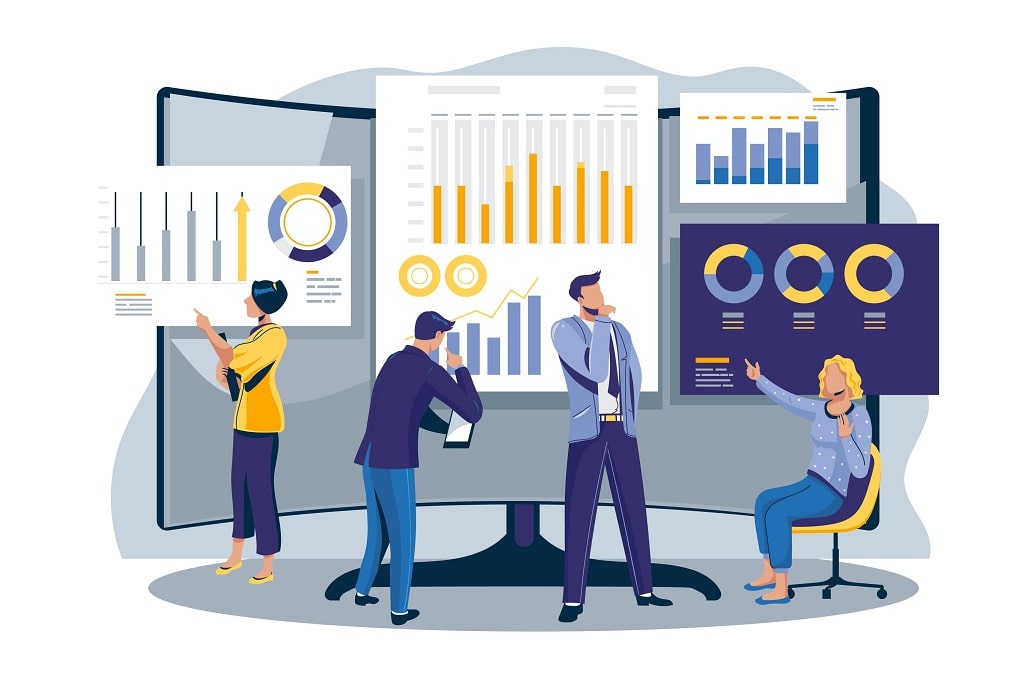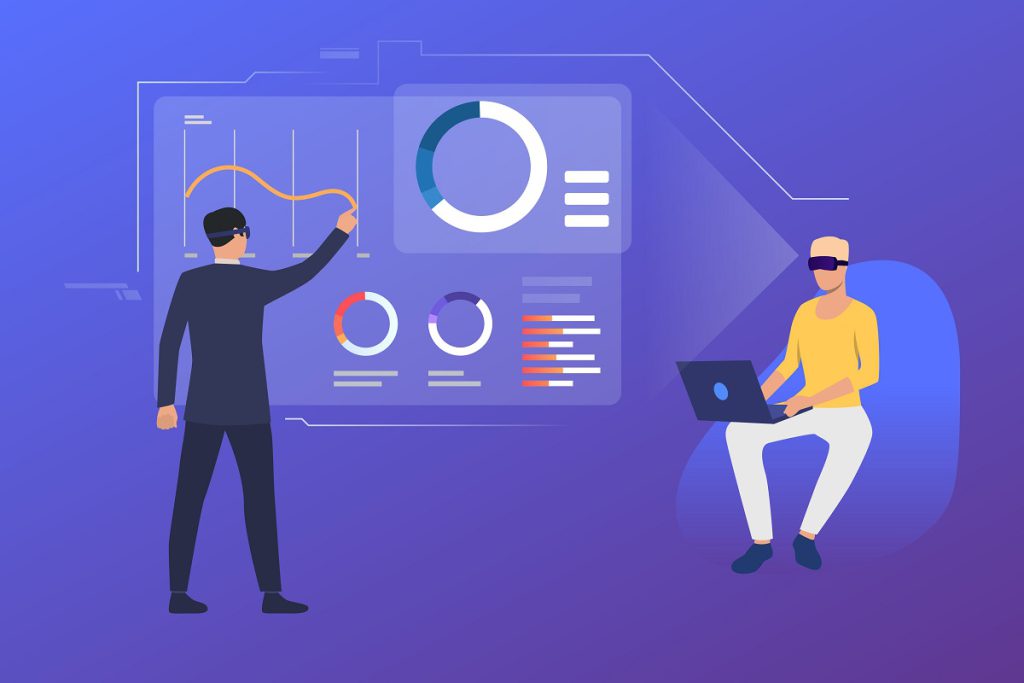Consumer expectations have changed, despite the fact that the fundamentals of customer care remain constant.
Customers have always desired helpful, quick, and dependable service, but the pandemic, shifting social norms, and emerging technologies have increased customers’ expectations even more.
What Are Today’s Customer Expectations?
The activities or behaviours that customers expect when they contact a firm effectively sum up the idea of customer expectations. Customers have traditionally demanded professional service at a reasonable cost.
Customers now have far greater expectations, nevertheless. Customers desire quick and courteous service. Additionally, they should feel as though their service has been tailored specifically for them.
Additionally, people desire interconnected digital experiences across several platforms. The proverb “know your consumers” is still as relevant now as it ever was, and given how quickly consumer behaviour is evolving, firms must stay current on trends in customer experience and expectations.
What are these new possibilities or standards?
Customers today have high expectations of the businesses they work with, and these expectations might apply to a wide range of aspects and touchpoints, such as:
- Quick and simple solutions to their difficulties or complaints
- Brand accessibility through customers’ preferred service channels
- Possibilities for self-help options to provide answers to questions
- Personalized, interesting encounters
- Preserving the privacy of data
In light of this, let’s look at these factors that will alter (and frequently raise) consumer expectations in 2023.
Changing Consumer Demands New Options & Expectations
Let’s examine how the aforementioned trends can provide new opportunities as consumer needs change.
#1. The Meaning of “Fast” Has Changed Due to Social Media
Each of us has access to a real-time feed of messages, breaking news, and live updates. Social media allows us to upload something and receive immediate reactions from contacts.
Nearly 62% of the world’s population now utilises social media, and they spend an average of 2.5 hours each day on it, according to Datareportal’s Digital 2022: April Global Snapshot.
Social media platforms are now second only to search engines in terms of their importance to people’s brand research behaviours. Because of this, consumers now anticipate a brand’s (or anyone else’s) response to a message in a shorter amount of time.
Furthermore, according to Zendesk, 66% of customers said they tried a new channel, such as live chat, to interact with brands during the epidemic, and 78% intend to keep using it.
#2. The Demand for Customer Service Has Increased Due to Technology
You can learn almost anything you need to know by performing a fast Google search. Customers consequently have limited patience when businesses genuinely don’t know anything.
Customers want businesses to have access to data at all times, including accurate stock information, delivery schedules, and customer records. And with the abundance of data available and the technology to back it, consumers frequently believe there is no justification for making a mistake.
#3. Self-Service Alternatives have produced consumers who are self-sufficient
Consumers are more inclined than ever to try to fix their own problems, whether it be through self-checkout lanes, FAQ pages, or contact centre IVR.
This doesn’t imply that people no longer desire to phone and speak with a live person, but it does imply that contact centres can save time and money by skillfully utilising self-service strategies.
#4. Our culture of “always on” depends on round-the-clock service
Nowadays, almost everyone carries a smartphone in their pocket, which connects them to almost every part of their lives.
This is an always-on, always-connected device. We have grown accustomed to being able to access the information we require, get in touch with whomever we choose, and even listen to the music of our choice at any time.
Customers don’t anticipate having to change this habit for a company. 24/7 chatbots are a possibility, although 24/7 contact centres may not be. Expectations for customer care include extended hours and weekend assistance.
#5. Now that e-commerce is the norm, customers expect fast, free shipping.
Delivery fees were common when e-commerce first started. It was a condition of doing your shopping online.
Since online services are now widely used, it appears unethical to charge for services like shipping because customers now expect free or even same-day delivery as standard.
#6. Customers Who Switch Between Channels Demand Omni-channel Service
When customers see a brand, they find it incomprehensible that a contact centre representative can’t recall a Twitter exchange they had with the company the day before.
This is significant because customers interact with brands through many channels. The pandemic led to rises in almost every digital channel’s utilisation, and 89% of consumers indicate they will maintain or expand that usage going forward, according to Vonage’s Global Customer Engagement Report 2022.
Customers should receive a consistent level of care when they switch across channels, and the omnichannel customer experience should seem like one large, continuing discussion.
Read: What are Unified Data Sets? Definition, Significance, Unification Process
#7. Customers Have Been Empowered by Influencers
Consumers can now share their ideas with a large audience more easily than ever before, thanks to social media. Even some consumers have more social media followers than brands.
Businesses must deal with an audience that has its own audience in 2022. If you get it right, your message can spread like wildfire; if you get it wrong, your reputation will suffer.
Many consumers now feel more in control as a result of all of this. They are aware that they will probably receive a better response if they complain publicly on social media than if they complain privately.
#8. Consumers Want Personalized Service
Nowadays, every aspect of the internet experience is customised, from social media to the way Google tailors our search results. The personalization of client service is only logical.
Customers anticipate that you will remember them and that you will treat them as unique individuals rather than simply another number. Your agents require access to all of their previous correspondence, as well as information about their purchasing patterns and preferences.
Read: How Enterprise Application Development Drives Business Growth
#9. Customers Demand a Mobile-Friendly Experience
The way we all live our lives has altered because of mobile technology. It constantly links us to people, businesses, and information.
The entire client experience, from your website to your customer care, should be mobile-friendly. Mobile services and shopping are no longer options; they are necessities.
#10. Clients Expect Businesses to Interact with Them on Social Media
Nowadays, you find everything out on social media. Because of this “open book” way of interacting, consumers now expect firms to keep an eye on any online references and respond appropriately.
Customers expect brands to be attentive and prepared to respond in this modern world, regardless of whether it is a direct complaint, a message, or just a mention.
Read: Why Node.js is Ideal for Enterprise App Development
Developing Connections that Meet Customer Expectations
Technology advancements and shifts in consumer preferences can provide businesses with difficulties but also fantastic opportunities. Consumers may have higher expectations of brands now than they did previously, but with the appropriate technology, any company can meet (and even surpass) customer expectations.
Organizations must constantly adapt to consumer behaviour in order to be successful over the long term, and the longer a company is in existence, the more likely it is that its customers’ preferences will alter.
Staying current on your client’s needs and wants is crucial if you want your business to thrive and expand in a healthy, sustainable way. Your company can only continue to be relevant by constantly working to better satisfy those needs.




